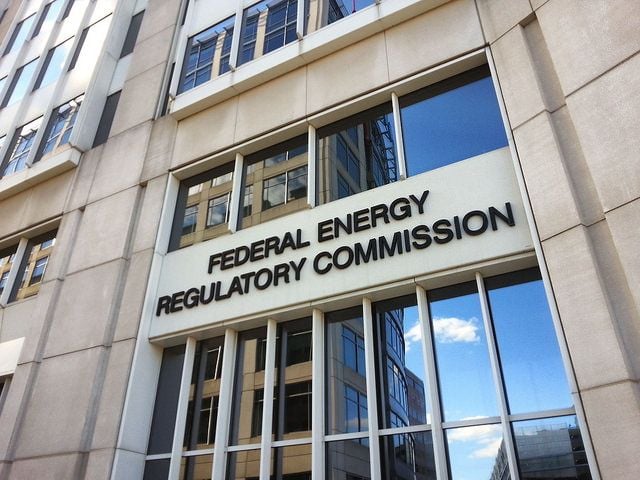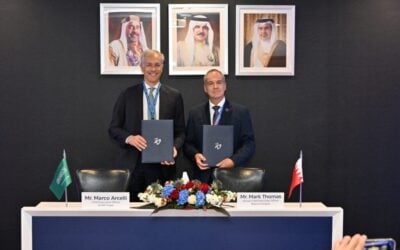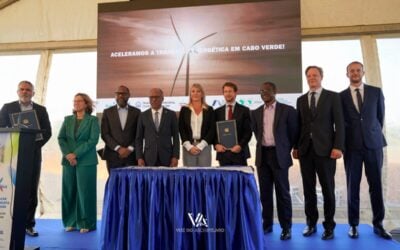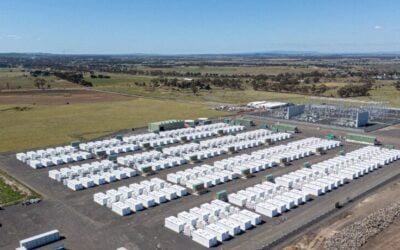
Approval has been given to the compliance plans of two more US RTOs and ISOs to be filed under FERC Order 841, the ruling set by the US Federal Energy Regulatory Commission (FERC) designed to open up regional grid operators’ wholesale markets to electricity storage.
Commissioners Neil Chatterjee (chairman), Richard Glick and Bernard L McNamee issued their ruling on Southwest Power Pool (SPP) and PJM Interconnection (PJM) plans to comply with Order 841. The six US Regional tranmission organisations (RTOs) and independent system operators (ISOs) under FERC jurisdiction are instructed to revise their tariffs to more effectively integrate electricity storage resources into their markets. A staff presentation given yesterday to the chairman and commissioners added that this would “enhance competition, and help ensure that those markets produce just and reasonable rates”.
Essentially, the markets have to be redesigned to recognise the unique characteristics of electricity storage as technically neither generation nor load while allowing “allow those resources to be compensated for the wholesale services that they provide in the same manner as other resources that provide these services,” the FERC staff presentation said.
FERC itself described Order 841, enacted in February 2018 and still working its way through the system as a ‘landmark storage rule’ in a press release, with chairman Neil Chatterjee commenting that electricity storage “must be able to participate on an even playing field in the wholesale power markets that we regulate.”
Try Premium for just $1
- Full premium access for the first month at only $1
- Converts to an annual rate after 30 days unless cancelled
- Cancel anytime during the trial period
Premium Benefits
- Expert industry analysis and interviews
- Digital access to PV Tech Power journal
- Exclusive event discounts
Or get the full Premium subscription right away
Or continue reading this article for free
“Breaking down these market barriers encourages the innovation and technological advancements that are essential to the future of our grid,” Chatterjee said.
Southwest Power Pool was among the first to file its plan, late last year, along with New England ISO. New England ISO’s plan was approved earlier this year and went into effect in early April. This week, FERC found that Southwest Power Pool and PJM’s compliance filings were consistent with the Order, proposing market rules that “appropriately recognize the unique physical and operational characteristics of electric storage resources and facilitate their participation in the RTO/ISO markets.”
SPP, PJM given 60 days to reply
Based in part on objections raised by industry representative groups such as Advanced Energy Economy (AEE) and the US Energy Storage Association (ESA), as well as by individual stakeholders such as system integrators, some proposals by both regional grid operators have been rejected by the Commission. SPP and PJM have been given a further 60 days to respond to those specific concerns.
FERC found that SPP and PJM’s filings partially comply with Order 841, in recognising the physical and operational characteristics of storage and allowing it to participate in markets. In both SPP and PJM’s plans however, there is still some concern over the clarity of how storage can perform different applications in different markets and therefore calculating the opportunity cost of participating in one market opportunity over another at any given time. Various other technical points, such as the consideration of pumped storage and aggregated smaller behind-the-meter assets, also appear to need resolving.
In the case of SPP, one sticking point is that there is no specific mention of energy storage co-located with generation sources such as solar, having a shared point of interconnection to the grid. Respondents to the PJM filing meanwhile noted that there is no mention in Order 841 of ‘hybrid’ plants which could include energy storage with gas turbines, for example.
More importantly, as ESA policy vice president Jason Burwen noted on Twitter, rules governing the minimum run-time for electricity storage – and other assets – set by PJM in particular will come under close scrutiny. PJM was the first large market opportunity to open up for batteries to provide fast frequency response but has since met criticism for extending duration requirements in resource adequacy markets to 10 hours minimum.
In practise that can rule out battery owners, operators and investors from adding other revenue streams to their business case. FERC has ordered both organisations to closely look at their requirements in this regard, pertaining to resource adequacy as well as other markets including capacity.
While Energy-Storage.news heard in March 2018, shortly after Order 841’s issuance from regional FERC chief Nancy Bowler that the ruling will be transformative for the grid, electricity markets and the renewables and energy storage industries, it will be a detailed endeavour to work through the compliance for all regions under the jurisdiction of FERC.
More recently, Jennifer Key, a US-based lawyer specialising in FERC issues, said that there has been some “pushback” at individual state level regarding implementation of Order 841, including an appeal on jurisdictional grounds.
Despite this, in an interview to be published in the coming weeks in full, Energy Storage Association CEO Speakes-Backman told Energy-Storage.news that she had not personally observed any such pushback so far, so it remains to be seen whether lawyer Jennifer Key’s comments bear out.





